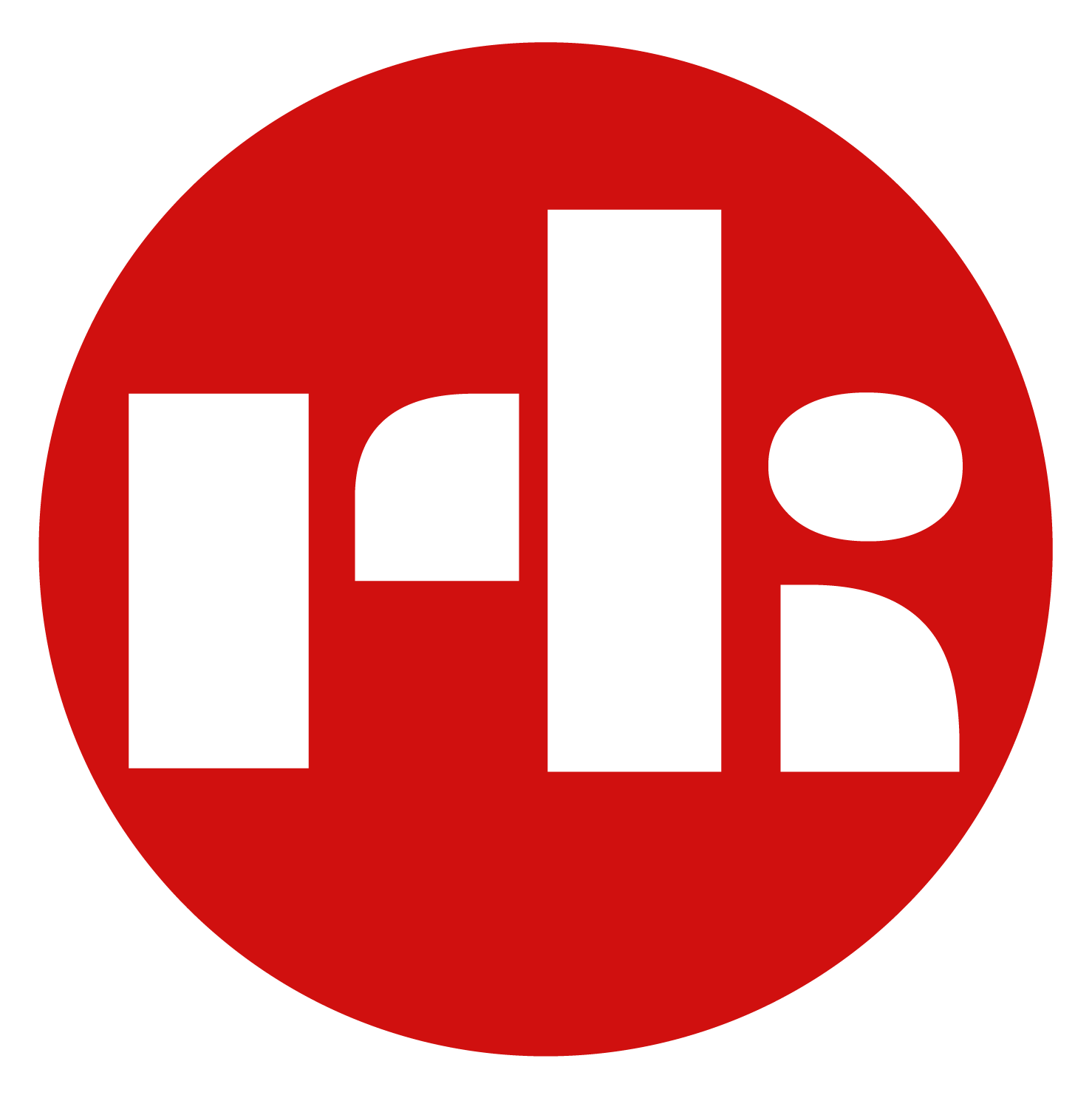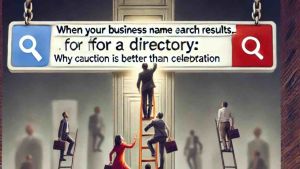It’s not been so long that we used to be skeptical about everything that used to come free. And why not, we grown up hearing our ‘Dadi Maa’ and even our moms telling us not to take anything free from anyone. Even today, we teach our kids the same. But, things are gradually changing. Today, we are using a lot of free services on internet even without questioning their intent.
In the name of free service, our personal information is being compromised and we know it. But, that’s another topic of discussion. Let’s stick to the subject here. So, one such widely used free service is – emails.
An email has its own significance and feel. This is why, even in this instant messaging world, emails are playing a vital role. It is continues to be the core of the communications, especially at workplace. Considering the importance and the amount of time we spend drafting, sending, and receiving emails, it feels essential to have the right tool.
The two biggest free email service providers in the market are – Google and Microsoft. Let’s see what these tech giants are offering with their free email services. Here’s a brief comparison between the two:
Outlook (used to be known as Hotmail) was launched in 1996. Microsoft bought out Hotmail the following year and named it as MSN Hotmail. It was rebranded many times before it was named Outlook in 2013. With the name, its capacity and features also changed with time. Gmail was introduced in 2004 as a revolutionary answer to Hotmail with greater speed and amazing features and it never looked back. Let’s dig deeper to find out which is better.
[/vc_column_text][vc_column_text]Security: The most important thing in today’s world is security. Data and personal information are being sold and terms like hacking, digital theft aren’t new. Even the biggest companies in the world aren’t untouched with the fatal digital theft. Thus, all we can do is remain careful. Gmail has ‘two step verification’ process that adds the security layer to avoid any sort of hacking. Its security coating is stronger than any existing email service providers.[/vc_column_text][vc_column_text]Systematic and organized: Well, no one likes the mess. We all want to lead a hassle-free life, so why not a hassle-free email. Gmail has labels instead of folders, meaning the messages could be tagged with labels instead of being put into a specific folder. But, Outlook offers folder system and has categories instead of labels. Outlook automatically tags certain messages with categories like Documents, Photos, Newsletters, etc. However, Gmail filters email into Primary, Social, and Promotions tabs, saving time of the users to sift through ads and promotional messages.[/vc_column_text][vc_column_text]Storage and Space: Gmail allows you to store about 10GB of free space and more space can be purchased. Outlook provides unlimited storage. When there is a need of space, it automatically increases free space capacity, making it unlimited.[/vc_column_text][vc_column_text]Social Integration: Gmail does not support social integration and allow chatting through Google Talk. Outlook has all the main social networking site integration features such as Facebook, Twitter, and its own Windows Live, Yahoo, LinkedIn.[/vc_column_text][vc_column_text]Import: Gmail can import contacts from old account, or any other email ID. But, Outlooks lets you import contacts from email services as well as from the social networking sites, making it simpler for adding new contacts. Also when you add a person as a friend on Facebook, his/her email ID automatically gets added to the contacts.[/vc_column_text][vc_column_text]Email search: There are times when we need old messages, but going through every email isn’t easy. There comes the role of the search bar. Type anything that is being mentioned in the email in search bar and it will appear. Outlook’s Quick View folders enable users to search through messages instantly.[/vc_column_text][vc_column_text]I am text block. Click edit button to change this text. Lorem ipsum dolor sit amet, consectetur adipiscing elit. Ut elit tellus, luctus nec ullamcorper mattis, pulvinar dapibus leo.[/vc_column_text][vc_column_text]Composing email: The basic of the two programs is composing messages. Gmail gives a clean template while retaining the users on the same page. But, in Outlook, a different page opens up where you are required to do the job. While Gmail’s approach is versatile as even if you leave in the middle of composing the email, the draft will be saved automatically, Outlook warns you instead of auto saving it. That makes saving a draft, a two-step process.[/vc_column_text][vc_column_text]However, the idea of a dedicated page has some benefit. When replying to long chains of an email, you see more of the message on the screen. Outlook doesn’t offer as powerful editing tools as Gmail like Clear Formatting. But then, Outlook can set message priority.[/vc_column_text][vc_column_text]Sending large file: This is basic and most-looked for feature. It really feels bad when we like something, but can’t share the same because of its size. Gmail can upload and send files up to 25MB. If the limit exceeds, it cannot be uploaded and send. But, Outlook has the better feature for sending large files. When you upload a file and if it exceeds the limit, outlook send that file to SkyDrive and a link gets added to the email, making it simpler and easier to send large file.[/vc_column_text][vc_column_text]Recovery of emails: Deleting messages in Gmail move them into ‘Trash’ that automatically gets deleted after 90 days. Once deleted from trash, Email can’t be recovered. But in Outlook, mails are sent to “Deleted” box and even if you delete those emails, it has the option to recover them later.[/vc_column_text][vc_column_text]Import all your email in one Inbox: With POP mail server, Outlook has feature of importing emails at one place. But, in Gmail, it does not have any kind of POP mail server to import other mails.[/vc_column_text][vc_column_text]Outlook is sorted, organized and simple. Its spam filter feature is amazing as you can even block all messages other than of your contacts in just one go. Gmail is convenient as it is a Google’s product and user-friendly. Both companies are trying their best to make user’s experience topnotch with their respective services. Plus new developments are happening every passing minute in tech world. So, you never know what next moment will bring.[/vc_column_text][vc_column_text]While you get basic features in free version, the tech giants are also offering the paid version — a complete package — for business and personal usage. No matter how small or big your organization is, having a right tool for work and communication is crucial. So, for any information, guidance or any sort of IT support you can always contact us.[/vc_column_text][/vc_column][/vc_row]


